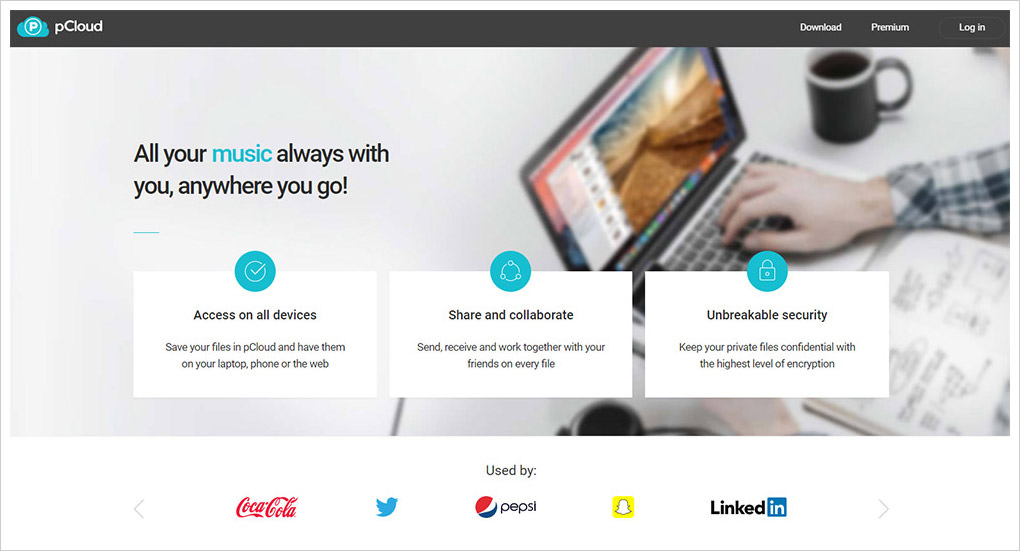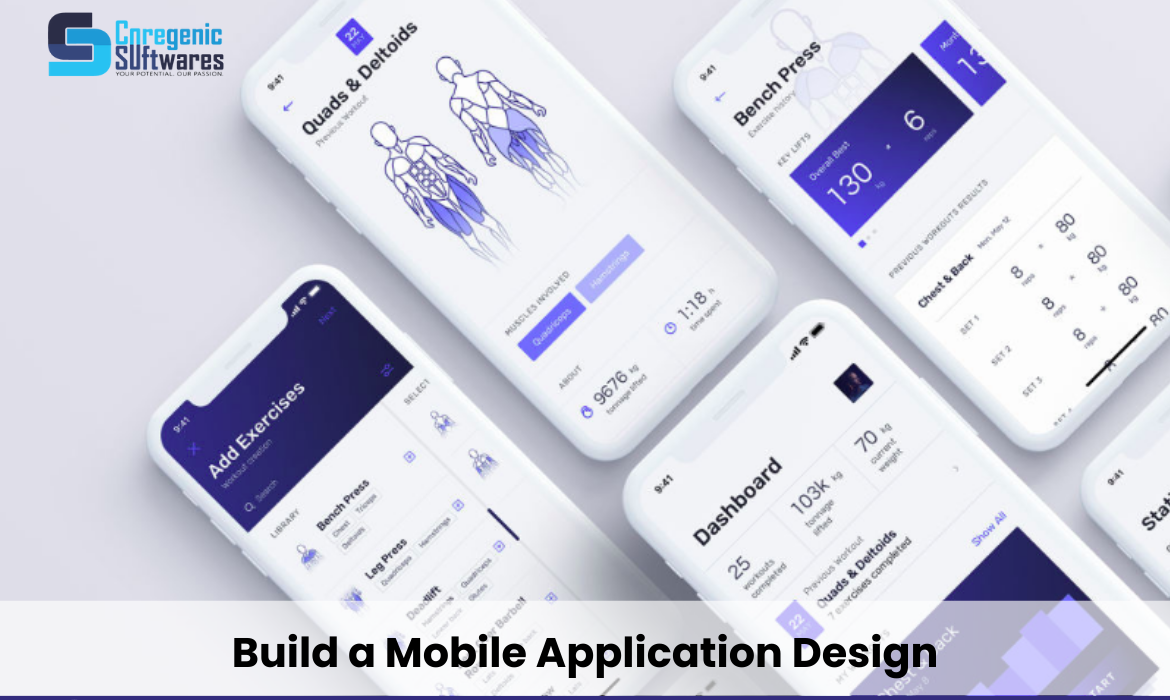
A website framework is a set of programming guidelines used for the development of web applications. Web applications provide access to resources, services, APIs and other content. The web frameworks allow you to create and deploy these applications in a consistent way. This article will cover the differences between different frameworks and how to choose the right one for your website. We will be discussing Bootstrap (Yii), Material UI (Material UI) and Svelte in this article.
Bootstrap
Bootstrap framework is an excellent choice if you want your site to look like a magazine. This framework is easy to use and comes with a wide range of customizable styles, including those for standard HTML tags. Bootstrap lets you add and remove any component to your website that does not fit your style. You can also override the default styles provided by Bootstrap. Here is a quick overview of the framework's capabilities.
Bootstrap boasts a high quality code. In the past, developing websites required hours of intense programming skills and even a small mistake could ruin the entire project. Bootstrap saves you time and guarantees high-quality code. It comes with proven templates. This saves time and allows you to get started faster.

Svelte
You might be curious about how Svelte works if you are looking for a new framework to develop web pages. This new framework is different than similar frameworks. Here are some key differences between Svelte, and other popular frameworks. These differences can help you determine if Svelte will work for your project. Svelte is a great choice for your next web framework.
Svelte allows for state-driven as well as event-driven user-interfaces. A browser-based app must allocate DOM object for DOM operations. Instead, Svelte uses an export keyword to mark a variable's declaration as a property that consumers of the component can access. Svelte works well with HTML5.
Material UI
MaterialUI's website framework has several advantages over other web-development frameworks. This framework provides material based UI components to programmers, thereby reducing design and development time. However, the development time is slower than Bootstrap or any other renowned web development platforms. Material UI is preferred to content templates. This article will give you some helpful tips for using Material UI.
The documentation is extensive and explains the different components of the Material UI website framework. It also offers guides to server-side rendering, localization, and more. They are also open to receiving feedback from users. All library developers are sent a feedback survey once a calendar year by the team. In addition to responding to feedback through its official account, Material UI also offers basic links to help developers. Material UI also offers custom work.

Yii
PHP Yii is a very popular platform for building websites. It provides more security than any other frameworks and has many powerful features. But it is not easy to find the right one for your needs if you do not have any knowledge of PHP. The main reasons Yii is preferred to other PHP web frameworks are listed below. These include: The Yii Framework is easy to use.
It is completely free to use. Yii can be used by any programmer and is open source. However, it has its flaws. Yii should not be used without knowing these things. These issues will be addressed in this article. Yii is a powerful framework for web development. However, it does have some limitations. A free license is a great option for someone who is new to web design.
FAQ
What HTML & CSS can I use to create my website?
Yes, you can! It is possible with basic knowledge of web design, programming languages like HTML (Hyper Text Markup Language), CSS (Cascading style Sheets), and HTML (Hyper Text Markup Language). These languages enable you to create websites that are accessible to anyone with an internet connection.
What is website design software?
Software for designing websites is used by photographers, illustrators and writers.
There are two main types of website design software: desktop applications and cloud-based solutions. Desktop apps are installed locally on the computer. You will need to install additional software. Cloud-based solutions are hosted remotely on the internet and require no additional software on your computer, making them ideal for mobile users.
Desktop Applications
Although desktop applications are more powerful than those offered by cloud-based services, they may not be necessary. Some people prefer to work only from a desktop application because it is more convenient. Some people prefer to use the same tool, regardless of whether it is on a phone or a laptop.
Cloud-Based Solutions
Cloud-based services are the best choice for web developers who want to save both time and money. These services allow you access any type of document to be edited from anywhere on the internet. This means that you can work on your tablet while waiting to brew your coffee.
You will still need to buy a license if you choose to use a cloud-based program. You don't have to buy additional licenses for upgrading to the latest version.
If you have Photoshop, InDesign and Illustrator, these programs can be used for creating web pages.
Can I build my website using HTML & CSS?
Yes! If you've followed the steps, you should now be able create your website.
You now know how to build a website structure. Now you need to learn HTML and CSS coding.
HTML stands for HyperText Markup Language. It's like creating a recipe for a dish. You would list ingredients, directions, etc. Similarly, HTML tells a computer which parts of text appear bold, italicized, underlined, or linked to another part of the document. It's the language that documents use.
CSS stands for Cascading Style Sheets. This is a stylesheet for recipes. Instead of listing each ingredient or instruction, you will write down the general rules for font sizes and spacing.
HTML tells the browser what HTML is and CSS tells it how.
Don't panic if either of these terms are confusing to you. Follow the tutorials below, and you'll soon be making beautiful websites.
Do I need a portfolio to get hired as a web designer?
Yes. If you want to land a job as web designer or developer, your portfolio is essential. Portfolios should showcase examples of your skillsets and experience.
Portfolios usually include samples of past projects. You can include anything that demonstrates your skills. Your portfolio should include everything from mockups, wireframes, logos, brochures, websites, and even apps.
Do I hire a web developer or make it myself?
Don't pay for web design services if you want to save money. Hiring someone else to make your website is a good option if you're looking for quality results.
You don't need to hire expensive web designers to create websites.
If you're willing and able to invest the time and effort to create a stunning website, you can use free tools such as Dreamweaver or Photoshop to learn how to do it yourself.
You might also consider outsourcing your project to an experienced freelance web developer who charges by the hour instead of per-project.
How Do I Create a Free Website?
This depends on what kind of website you're trying to create. Are you trying to sell products online, create a blog or build a portfolio of websites?
You can make an essential website using only HTML and CSS (a combination of HyperText Markup Language and Cascading Style Sheets). You can create a simple website with HTML and CSS. But most web developers recommend using a WYSIWYG editor (such as Dreamweaver, Frontpage).
If you don't have experience designing websites, hiring a freelance developer might be the best option. They will help you design a website that suits your specific needs.
Freelance developers can charge either an hourly or a flat fee. It depends on the amount of work that they do in a given time frame.
Some companies charge between $50 and $100 per hour. You'll usually get higher rates for larger projects.
There are many websites that list jobs available for freelancers. You can search there before you contact potential developers directly.
Statistics
- At this point, it's important to note that just because a web trend is current, it doesn't mean it's necessarily right for you.48% of people cite design as the most important factor of a website, (websitebuilderexpert.com)
- Did you know videos can boost organic search traffic to your website by 157%? (wix.com)
- It enables you to sell your music directly on your website and keep 100% of the profits. (wix.com)
- It's estimated that in 2022, over 2.14 billion people will purchase goods and services online. (wix.com)
- Is your web design optimized for mobile? Over 50% of internet users browse websites using a mobile device. (wix.com)
External Links
How To
What is website hosting?
Website hosting refers to where people go when they visit a website. There are two types:
-
Shared Hosting - This is your cheapest option. Your website files reside on a server owned by someone else. Customers visit your website and send their requests over the Internet to this server. The request is then handed to the owner of that server.
-
Dedicated Hosting - This option is the most costly. Your website is located on only one server. No other websites share space on the server, so your traffic stays private.
Most businesses choose shared hosting because it's less expensive than dedicated hosting. When you use shared hosting, the company that hosts the server gives you the resources to run your site.
Each option has its pros and cons. These are some of the major differences between them.
The pros of shared hosting:
-
Lower Cost
-
Easy to Set Up
-
Regular Updates
-
It can Be Found On Many Web Hosting Companies
Shared hosting can often cost as little as $10/month. Keep in mind, however, that bandwidth is usually included in the price. Bandwidth refers to the amount of data you can transfer across the Internet. Even if only you upload photos to your blog or website, high-volume data transfers may incur additional charges.
Once you begin, you will soon see why you spent so much on your previous host. Most shared hosts provide very limited customer support. While they may occasionally assist you in setting up your site and other tasks, after that you are all on your own.
A provider with 24-hour telephone support is a good choice. They will attend to any issues you have while you sleep.
Cons of dedicated hosting
-
More Expensive
-
Fewer Common
-
Requires special skills
With dedicated hosting you will have everything you need to manage your website. You won't have to worry about whether you're using enough bandwidth or whether you've got enough RAM (random access memory).
This means that you'll spend a bit more upfront. However, once your business goes online, you'll discover that you don’t need as much technical support. You'll become an expert at managing your servers.
Which is better for my business?
It all depends on the type of website you are creating. Shared hosting is best for those who only need to sell products. It's easy to set up and maintain. You'll probably receive frequent updates because you are sharing a server hosting many other sites.
However, dedicated web hosting is the best way to build a community around you brand. Instead of worrying about your traffic, you can build your brand while still being able to concentrate on your business.
Bluehost.com offers both. Bluehost.com provides unlimited monthly data transfer, 24/7 support, free domain registration and a 30-day money back guarantee.